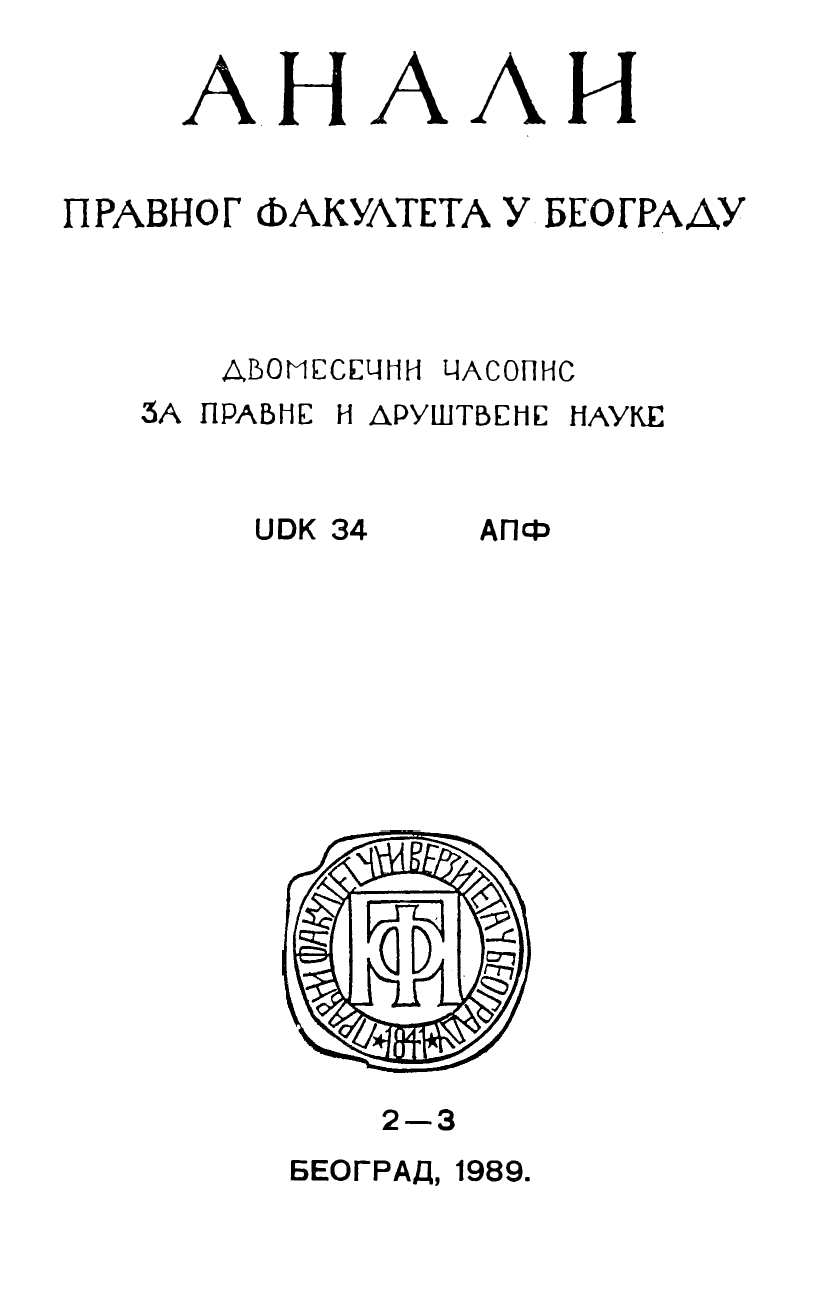АНАЛИЗА ПОРЕСКЕ ИНЦИДЕНЦЕ У ПРИМЕЊЕНИМ МОДЕЛИМА ОПШТЕ ПРИВРЕДНЕ РАВНОТЕЖЕ
AN ANALYSIS OF TAX INCIDENCE IN APPLIED MODELS OF GENERAL ECONOMIC BALANCE
Author(s): Dejan PopovićSubject(s): Economy, Financial Markets
Published by: Правни факултет Универзитета у Београду
Summary/Abstract: The author points at basic methodological problems in the analysis of economic effects of taxation. Due to mutual relationship of economic phenomena, an approach of partial balance could not bring adequate answers concerning the nature of effects of policy of taxes. This is why models of general economic balance are particularly important, where it is possible to assess effects of individual tax measures not only in respect to tax-payer but also in relation to the remaining production and consumption sectors of economy. In the early sixties Arnold Harberger developed a double-sectorial general balance model which served as a basis for the creation of specific conception of study od taxation effects. However, a detailed analysis became possible only by using Shoven-Whalley’s applied model of general balance. It uses numerical routine operations in order to obtain a balanced prices for given data groups. Only the most basic elements of the model are formulated in analytic terms, while the aggregation and the solution for the group of balanced prices is effected by the computer. Following has to be determined in applied general balance models: (i) sources of income of consumers; (ii) their preferences; (iii) production technology; and (iv) balance conditions. On the ground of available statistical data and coefficients evaluated in literature, the procedure of calibration is effected which amounts to so-called benchmark balance. Then by using the algorithm new group of prices is calculated which would simultaneously in all markets establish the balance, which has been previously disturbed by a specific measure of taxation policy. The levels of welfare in this new balance are compared to the levels in the benchmark balance. A simple applied general balance model is reviewed by the author at the end of the article together with stating some shortcomings of such methodological approach.
Journal: Анали Правног факултета у Београду
- Issue Year: 37/1989
- Issue No: 2-3
- Page Range: 226-243
- Page Count: 18
- Language: Serbian

